Information Technology Reference
In-Depth Information
(a) Concave obstacles
(b) Convex obstacles
(c) bridges and passages
(d) Ant-colony
(e)
Game
Fig. 1.
(a)-(c) Movement examples; (d) illustration of classical execution of ant-colony
algorithm used for pathfinding; (e) game screenshot (black cells represent non-explored
regions yet, blue cells impassable grids, and green cells passable regions in the scenario
Due to space limitations we will not explain them in details as this is beyond
the objective of this paper. In any case, Figures 1(a),(b) and (c) show illustrative
examples of the cases, Figure 1(d) illustrates the classical behavior of our ant
colony algorithms, and Figure 1(e) displays a screenshot of our wRTS game
1
titled
aracnia
. Note also that a description of the technical issues of the game
(e.g., implementation of basic actions, graphical considerations, input/output
interface, scene rendering and memory management, among others) is beyond
the scope of this paper. In the following we will focus on the process of designing
virtual players.
3V tu lP rD gn
Here we describe our proposal to design adaptive virtual players in our wRTS.
3.1 General Issues
Our aim is to generate controllers governing automatically (i.e., without hu-
man intervention) the behavior of an entire team (i.e., a set of autonomous
1
A prototype version of this game can be unloaded from
http://www.lcc.uma.es/
∼
afdez/aracnia
.
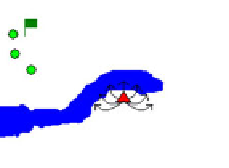
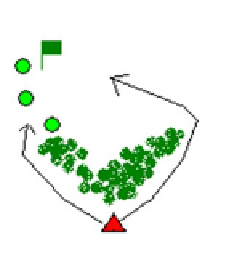
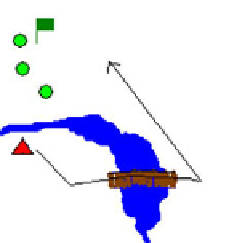
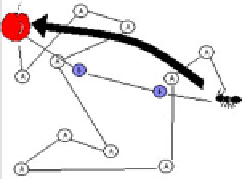
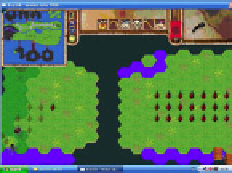



Search WWH ::

Custom Search